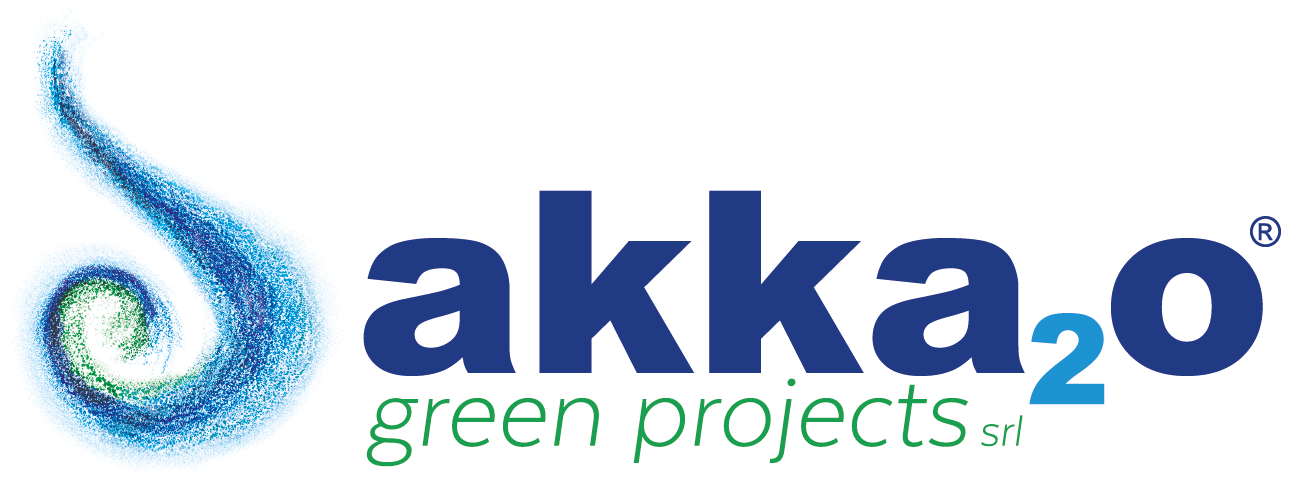Homogeneity and consistency-these are the fundamental characteristics that environmental data must have in order to be used on a large scale. Access to good quality data on pollutants in marine sediments is therefore of paramount importance for the assessment and adoption of appropriate measures for environmental management.
This is the focus of a new study coordinated by the National Institute of Oceanography and Experimental Geophysics - OGS, in which the Higher Institute for Environmental Protection and Research - ISPRA, The National Insistute of Biology - NIB in Piran (Slovenia), theHellenic Centre for Marine Research - Institute of Oceanography - HCMR in Athens and other Slovenian, Croatian, Greek and French research institutes also participated, and which was recently published in Marine Pollution Bulletin.
The research team established a methodology to improve data quality control procedures that is based on literature reviews and comparisons with existing datasets. Specifically, the research focused on the eastern Mediterranean, one of the world's busiest seas with a densely populated and industrialized coastal region, and two types of pollutants: trace metals, which can be mineralogical in origin due to soil erosion or anthropogenic in origin due to discharges of mining effluents and urban and industrial activities at sea and on land, and polycyclic aromatic hydrocarbons (PAHs), which occur naturally in marine sediments but also come from hydrocarbon spills during shipping or as a result of accidents.
Among the datasets used are those collected under the HarmoNIA(Harmonization and networking for contaminant assessment in the Ionian and Adriatic Seas) project funded by the INTERREG VB-ADRION program (2018-2020) and coordinated by OGS in collaboration with ISPRA. Research institutes and environmental agencies from the countries bordering the Adriatic and Ionian Seas have contributed to the collection, harmonization and creation of accessible datasets for marine contaminants through a common and already established infrastructure such as theEuropean Marine Observation and Data Network (EMODnet), and have, in addition, participated in the sharing of knowledge, information and best practices. The project is an excellent example of synergy between different European programs and collaboration between countries to improve consistent and harmonized assessment of marine pollution.
The HarmoNIA project
HarmoNIA(Harmonization and networking for contaminant assessment in the Ionian and Adriatic Seas) is a project funded by the INTERREG VB-ADRION program (2018-2020), coordinated by the National Institute of Oceanography and Experimental Geophysics - OGS and involves 10 project partners, and 3 ministries and a municipality as associated partners.
Project partners are: for Italy - OGS (coordinator) and ISPRA, for Slovenia - National Institute of Biology - NIB and Slovenian Environment Agency - ARSO, for Croatia - Institute of Oceanography and Fisheries - IOF and Ruder Boskovic Institute - IRB, for Montenegro - University of Montenegro, for Albania - Agricultural University of Tirana (AUT), for Greece - Hellenic Centre for Marine Research - Institute of Oceanography (HCMR) and Region of Western Greece (RWG).
Photo credits: E Gordini, OGS and T Makovec, NIB
